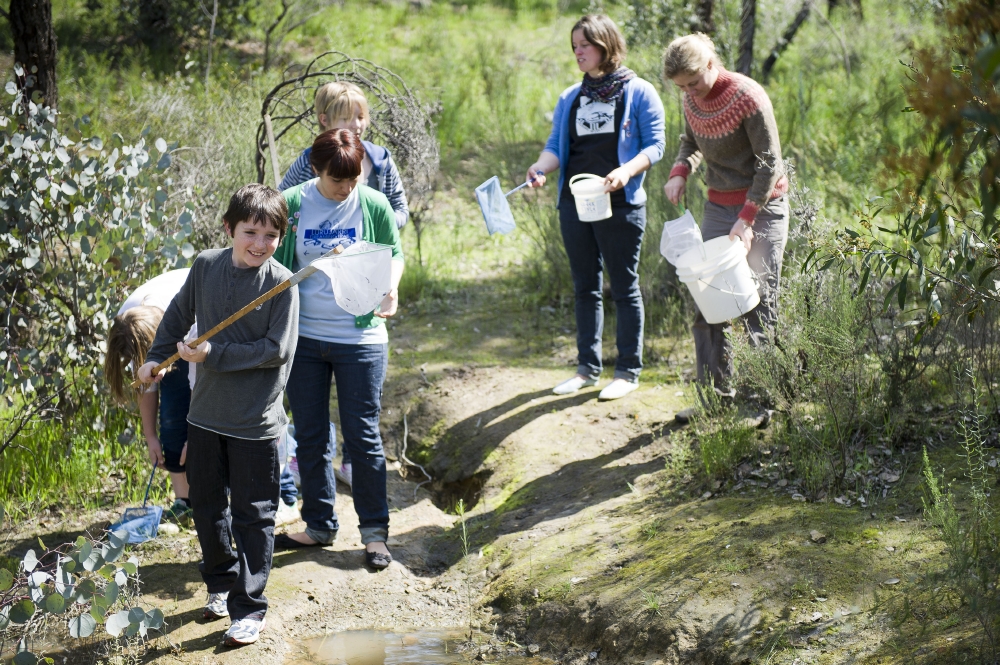
Resilient environments and communities
The protection and restoration of ecosystems is critical to combating climate change, pollution, desertification and loss of biodiversity.
La Trobe researchers work in partnership with environment and community groups, government, industry and First Peoples to develop new approaches to ensure our ecosystems and natural resources are resilient, sustainable, biodiverse and protected. La Trobe is uniquely positioned to engage with regional communities to achieve this goal.
La Trobe's research into Resilient Environments and Communities contributes to the following United Nations Sustainable Development Goals (SDGs)
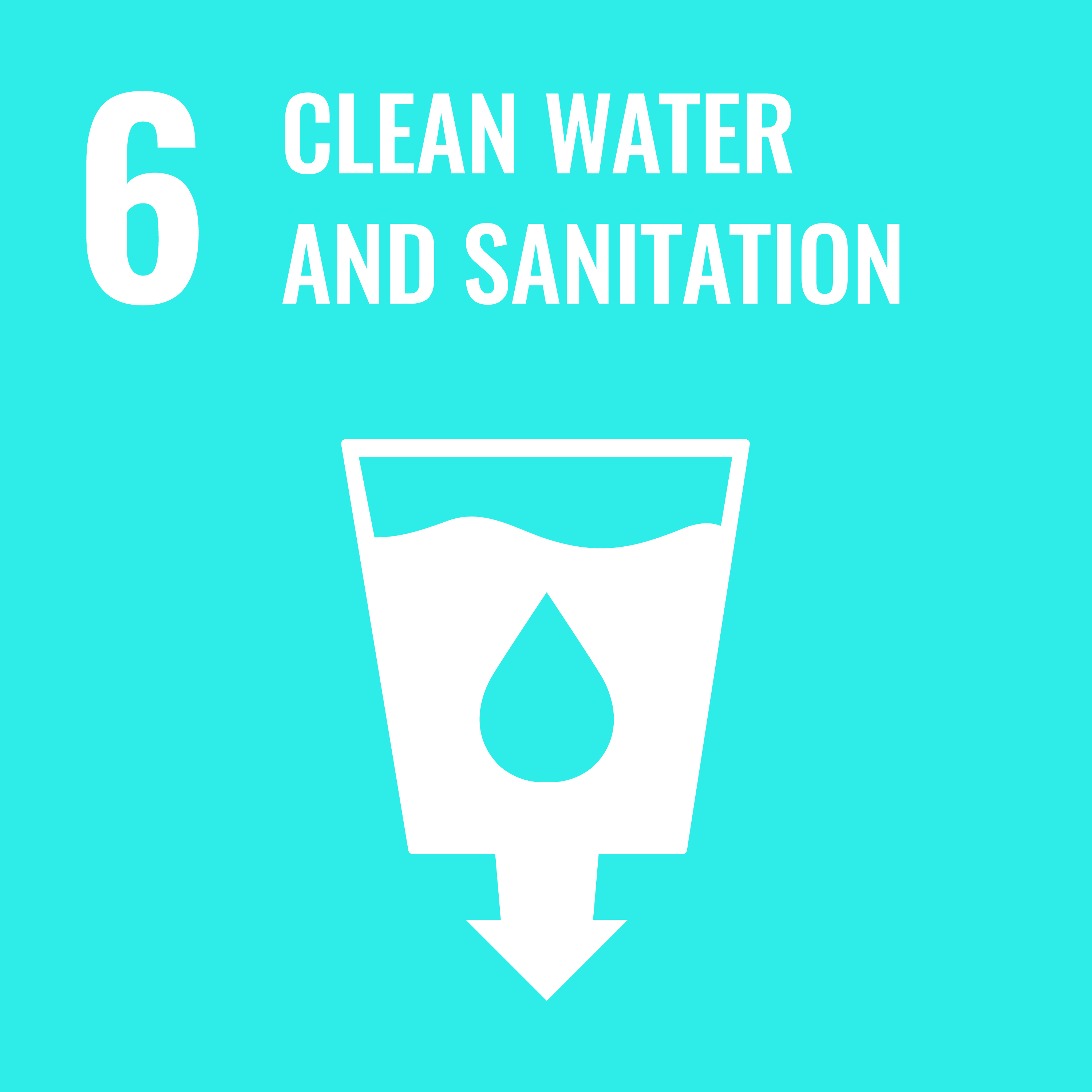

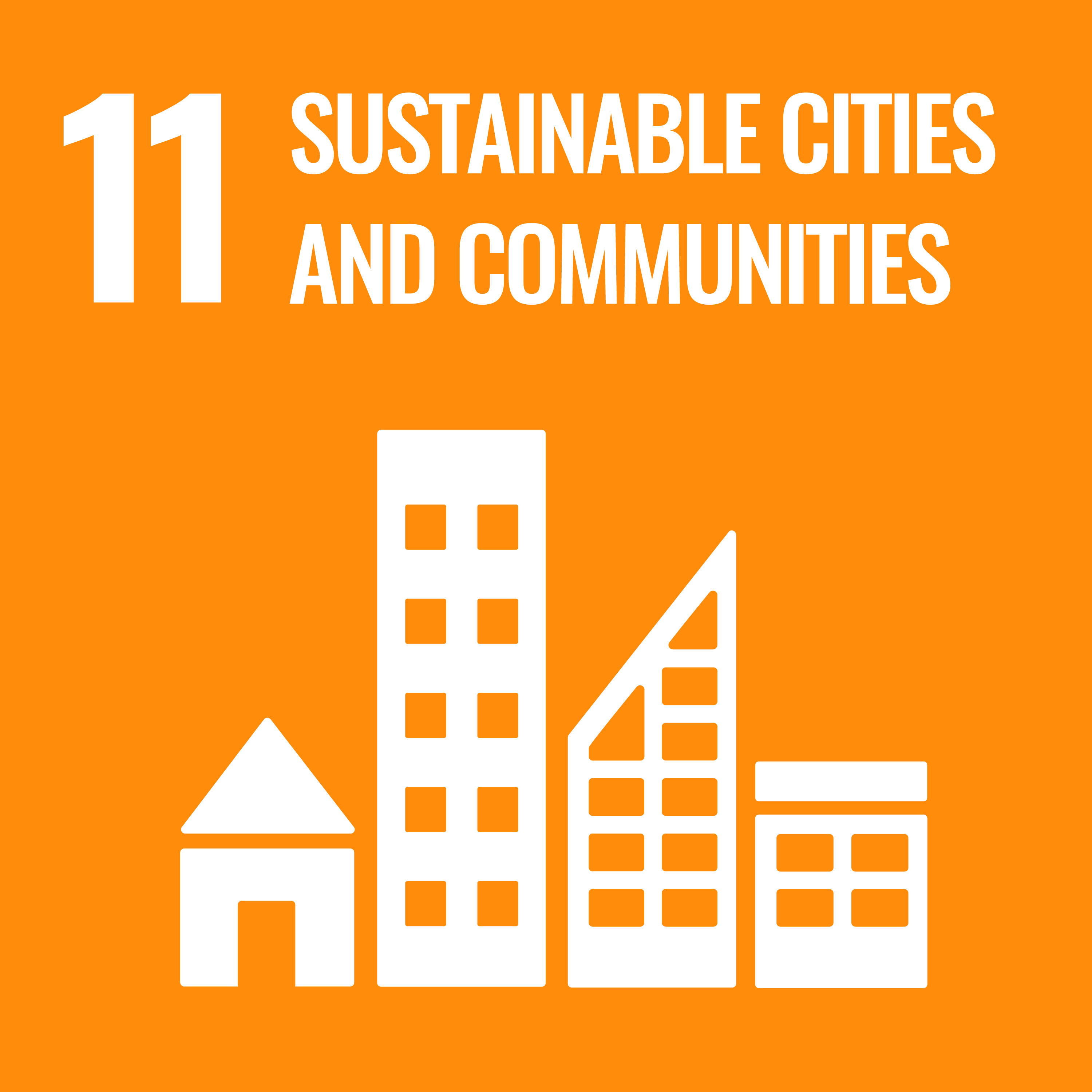
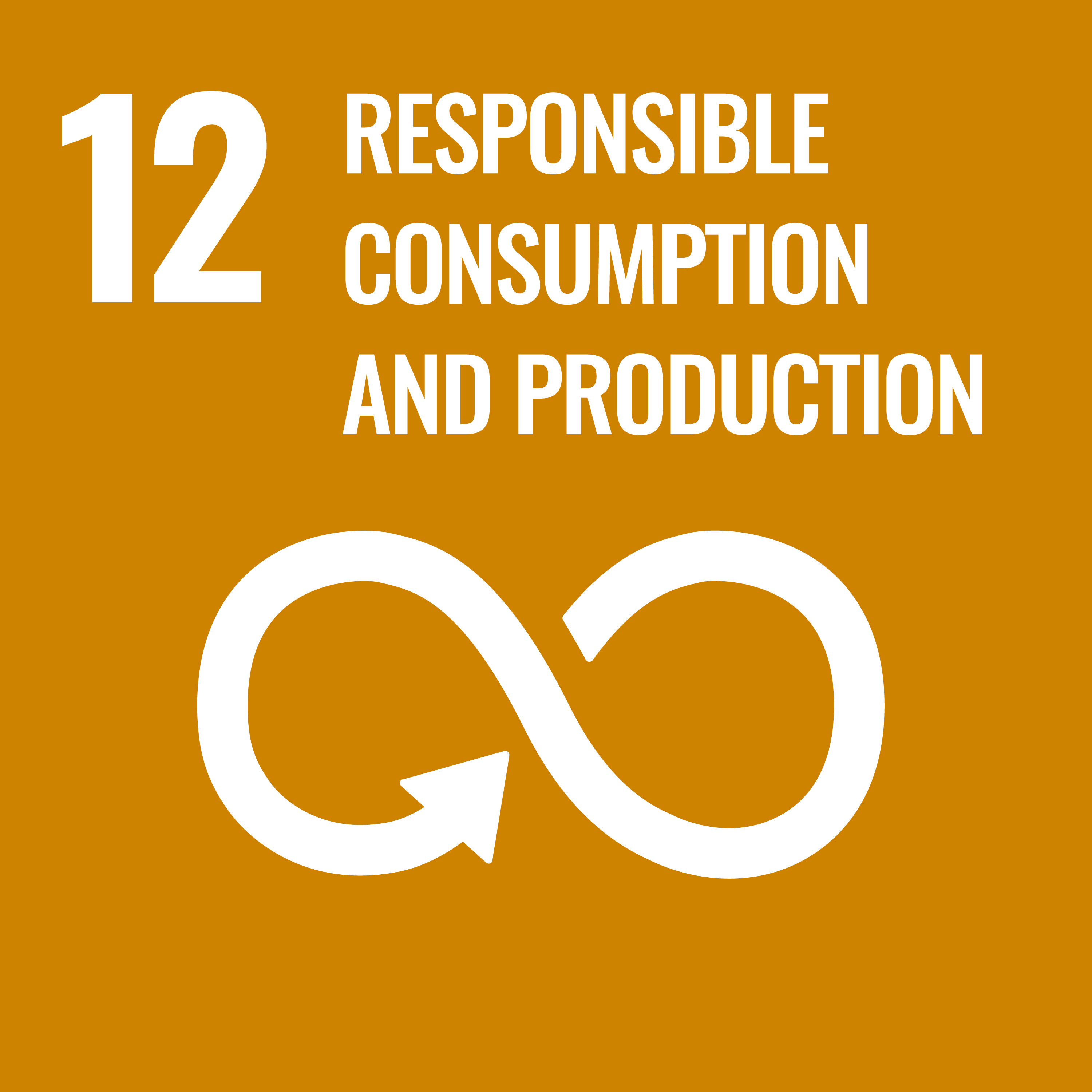
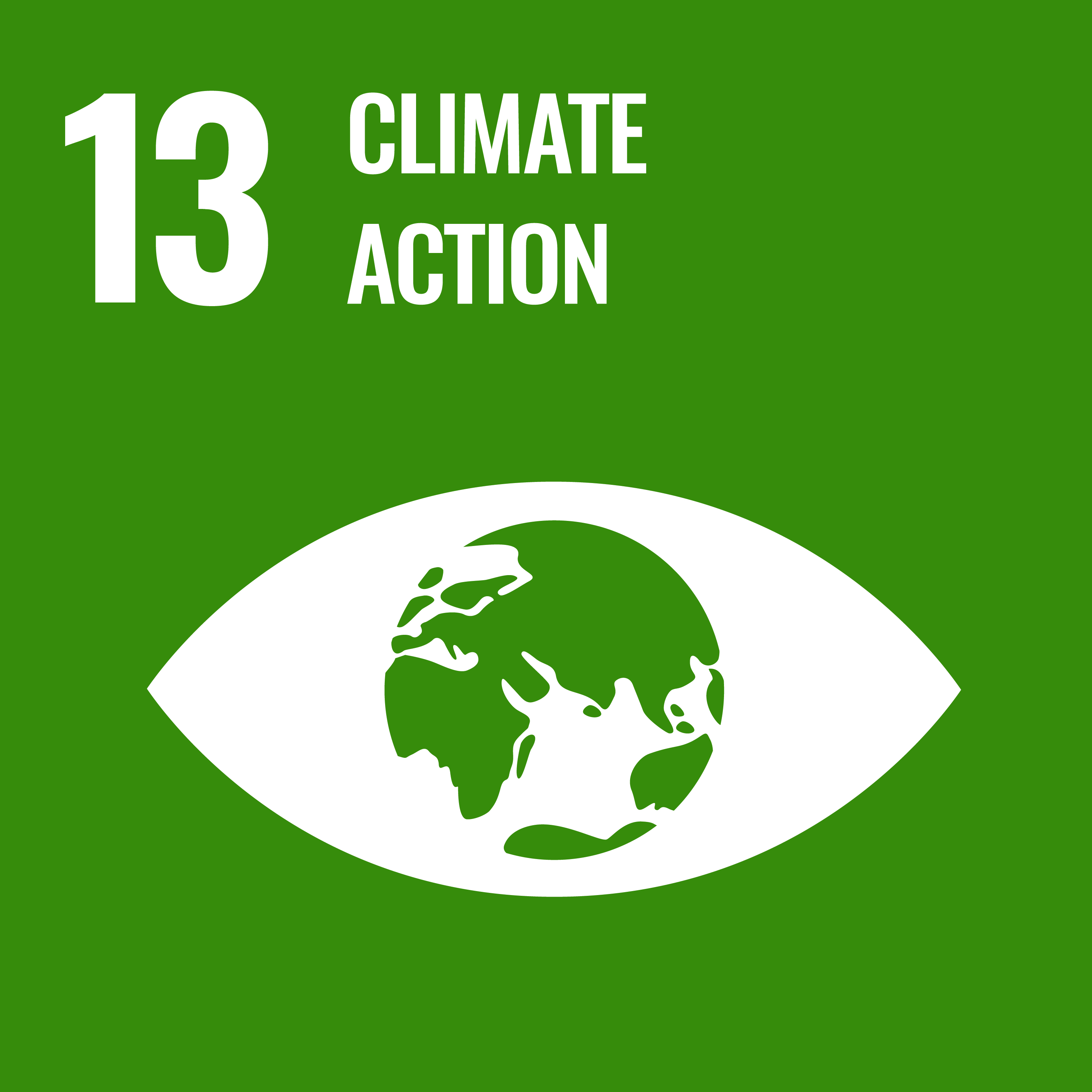
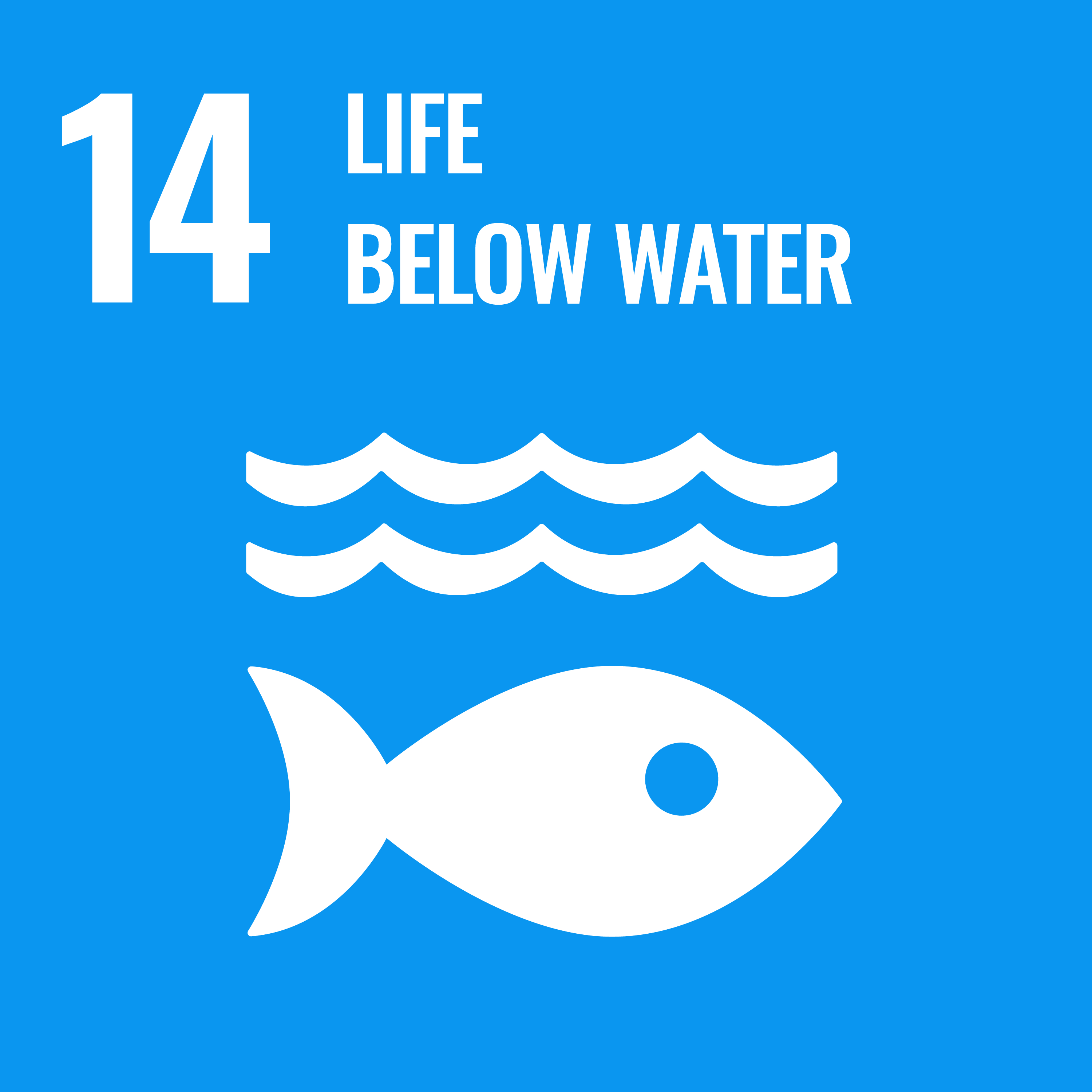
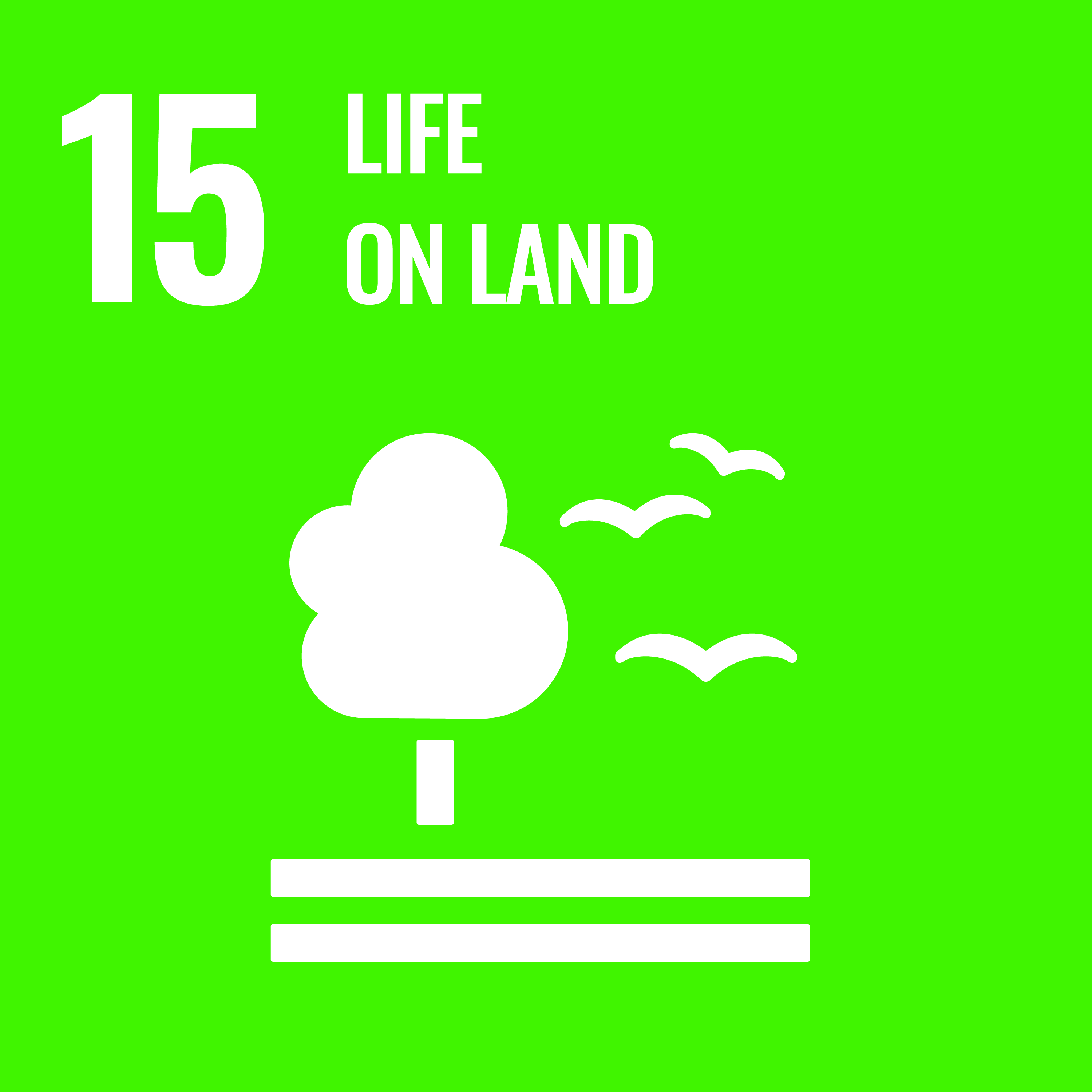
Selected impact stories

Leading Team: Steve Petrovski
One of the operational challenges for water treatment plants is the development of huge quantities of overflowing foam on the top of wastewater which becomes a costly biological hazard full of hydrophobic bacteria. The easiest way to get rid of the foam is to kill the bacteria responsible through the use of chlorine, but this also kills off beneficial bacteria required for treating the water and removing excess nutrients. In 2021, Steve Petrovski, an Associate Professor at La Trobe University, and researchers in his group identified and isolated an epiparasitic bacterium which can be used as a biocontrol to stabilise wastewater foam through targeting and eating the organism responsible for its generation. Testing at treatment plants which do not suffer from foaming has identified that this bacterium exists in abundance. The challenge now is to work out how to increase the amount of these parasitic organisms across wastewater plants to manage foaming.

Leading Team: Jim Radford
Wool farming offers untapped opportunities for environmental restoration. Woolmark, as the global quality assurance authority for wool products, have set out an ambitious sustainability roadmap for the Australian wool industry. Its cornerstone is the transition to a nature-positive approach intended to reverse biodiversity loss on wool growing farms by 2030.
The metrics for setting and tracking this target were developed in collaboration with a team from La Trobe’s Research Centre for Future Landscapes. The pilot study resulted in 12 core metrics which include metrics related to greenhouse gas emissions and resource use intensity, pasture condition, and factors indicative of biodiversity such as riverbank health, and coverage and condition of natural habitats. The reliability of these indicators is key to Woolmark’s introduction of their Nature Positive labelling, enabling woolgrowers and brands to demonstrate sustainability credentials in national and international markets.

Image: Michael Shackleton, Ualani Miller, Sally Maxwell and Hannah Churches
Leading Team: Sally Maxwell and Michael Shackleton
The Snowy Scheme in the Snowy Mountains of NSW consists of nine hydro power stations and is one of the largest renewable generators in Australia. The Snowy Scheme also plays a crucial role in managing inflow variability into the Murray and Murrumbidgee river systems by releasing water for environmental and agricultural purposes into the Murray–Darling Basin, the largest agricultural region in Australia. 50 percent of the inflows for the Snowy Scheme are reliant on snowmelt and rain, meaning the ability to generate electricity and release water for the environment and agriculture can be adversely affected by low rain and snowfall. Since 2004, Snowy Hydro has been conducting a Cloud Seeding Program to enhance snowfall within a 2,110km2 target area in the Snowy Mountains during suitable climatic conditions in the cold months. Snowy Hydro uses ground based generators to introduce silver iodide particles into clouds to encourage snowflake growth and enhance snowfall. The program has been shown to increase precipitation by an average of 14% during suitable conditions. When the snow melts, the additional water is valuable for hydroelectric energy production, the environment and other downstream water uses. While cloud seeding operations have occurred each winter since 2004, Snowy Hydro recently announced they would take a break in operations in 2024 to undertake an infrastructure and investment review.
Snowy Hydro has implemented an Environmental Monitoring Program since the start of the program in 2004 to monitor silver concentrations in a range of environmental matrices within and around the cloud seeding target area. This involves analysing samples of potable water annually, and conducting a major environmental chemistry sampling campaign every 5 years, with the most recent major sampling campaign occurring in 2023. One of the key components of this extensive campaign is the sampling of macroinvertebrate populations from catchments inside and around the cloud seeding target area which in 2023 was led by Dr Sally Maxwell in the Centre for Freshwater Ecosystems. Over the past 15 years, Dr Maxwell has held positions across research, management and policy, working on outreach projects which have included citizen science projects encouraging the public to get involved with macroinvertebrate sampling. Her instructional video Introduction to macroinvertebrate sampling is used by universities for training purposes and has been viewed over 14,000 times.
In order to analyse the potential impacts of cloud seeding on macroinvertebrates and the overall health of aquatic ecosystems in the Snowy Mountains catchment area, Dr Maxwell and Dr Michael Shackleton carried out a comprehensive habitat assessment and analysis of the macro invertebrate population within the catchment area (versus a control area). Since macroinvertebrates absorb pollution – and different species are known to have differing levels of tolerance to pollution - macroinvertebrate analysis using the AusRivAs method provides a consistent and standardised approach to measuring waterway health. Through the work done by Dr Maxwell, Dr Shackleton and the La Trobe Team, the macroinvertebrate sampling was refined and the statistical methodology used to analyse the findings was updated. Beyond cloud seeding, the macroinvertebrate data will also be used to assess the impacts of other environmental threats to ecosystem health in the Snowy Mountains catchments.
Read more about research within the Centre for Freshwater Ecosystems

Leading Team: Nick Bond, David Crook, Alison King, Simon Kerr, Michael Shackleton, Andre Siebers, Samuel Lewis, Luke McPhan, Julia Mynott, Tim Clune, Kathryn Holmes, Heather Downey
The Murray-Darling Basin is the largest and most complex river system in Australia, covering over 1 million square kilometres from Queensland through to South Australia.
The demands on the basin are both huge and complex. It is home to over 40 First Nations and 75,000 First Nations people who hold strong spiritual and material connections to water and an obligation to care for it. It provides the water required to support the generation of around $6b in GDP and more than a third of the nation’s food and agricultural production.
2.4 million people rely on it for their water source, as does a tourism industry that supports tens of thousands of businesses and jobs and generates around $6b each year in revenue. The basin also provides a recreational playground for its residents and is vital to the social and mental wellbeing of communities. It is also home to over 120 waterbird species, 46 native fish species, and 16 internationally recognised and protected wetlands.
The Centre for Freshwater Ecosystems (CFE) is making a significant contribution to the research underpinning management of the Murray–Darling Basin through the Murray Darling Water and Environmental Research Program (MD-WERP). MD-WERP is a 4-year $20 million government initiative to improve basin outcomes which will provide critical input to the 2026 Basin Plan Review. La Trobe is leading two of the program’s themes: environmental outcomes, and social, economic and cultural outcomes.
The economic and social value of the Basin’s agricultural output is well recognised and quantified, and the requirements for supporting production include the Basin’s hydrology, such as flow levels, volumes and flow regimes. What is unique about MD-WERP is that its research focus also recognises the value and benefits of water for communities in cultural, spiritual, social, health and economic terms, envisaging a far richer picture of Basin functions to help decision makers and managers to better protect the environmental and social future of the Basin.
Another important aspect of the program is the focus on predictive ecology. In an already variable climate, the impacts of climate change make future conditions within the Basin much less predictable. As part of MD-WERP’s drive towards predictive ecology, large datasets and a comprehensive spatial geodatabase have been compiled in order to generate predictive tools which can dynamically model the complex interactions in the Basin and predict ecosystem responses to changes in environmental conditions or proposed water management activities.
The central, overarching question that the program seeks to answer is how to protect and manage the health of the environment and communities, whilst also meeting the needs of agriculture, industry and the economy.

Leading Team: Luke McPhan and Nick Bond
Connections between rivers and their wetlands and floodplains in the Murray-Darling Basin are currently restricted as a result of physical (low-lying watercourse crossings, weirs and levees), operational (river regulation and water extraction), and legislative constraints. This has resulted in a decline in the health of flow dependent ecosystems, particularly those out of the river channel, within the Basin. The Reconnecting River Country Program is an initiative to improve the health of riverine ecosystems in the Murray and Murrumbidgee valleys through removing these constraints and enabling a more flexible use of water for the environment to improve environmental outcomes. Before the program can be initiated, however, the impact of changes to environmental flow conditions on different aspects of the ecosystem needs to be modelled, predicted and understood. Research led by Luke McPhan at La Trobe University has developed a predictive Floodplain Vegetation Condition Model (FVCM) which simulates the response of floodplain vegetation to changes in environmental flow. The results of the modelling are reported in the Murray Environmental Benefits and Risks Analysis Synthesis Report, prepared for the Department of Energy, Environment and Climate Action NSW, which presents a risk benefit evidence base for moving forward with the program and which will feed into the final business case for consideration by government. One of the key outcomes of the report which is based on McPhan’s modelling is that ‘relaxing flow constraints will provide net benefits to the condition of native vegetation communities, with the benefits increasing substantially with the higher flow limit options’. The successful development and use of the FVCM modelling tool has since led to further application with partners including Alluvium.

Leading Team: Jenny Stauber and Aleicia Holland
Accurate methods for measuring and predicting zinc toxicity in water sources are essential for developing water quality guidelines and for sound environmental management, and must avoid both under-protection (which leads to pollution) and overprotection (which can result in unnecessary costs and burdens for industry). No single value for zinc protects aquatic biota across different water sources, since zinc toxicity is dependent on its bioavailability, which in turn is dependent on the chemical make-up of a particular water source. Currently, the Australian and New Zealand water quality guidelines for zinc account only for the hardness of water, but bioavailability is also influenced by other parameters such as pH and dissolved organic carbon (DOC). Research led by Jenny Stauber (formerly CSIRO) and Aleicia Holland at La Trobe, in collaboration with numerous partners and funded by the International Zinc Association (IZA), has developed new bioavailability based models to more appropriately predict toxicity of zinc and form the basis of updated guideline values and regulatory frameworks in Australian and New Zealand Waters. The first draft was submitted for approval in early 2023 and a workshop on the derivation and implementation of bioavailability-based water quality guidelines for metals in freshwaters was held in April 2023 in Sydney. Thirty invited scientists, regulators and state/federal government representatives participated in the workshop where the new models were presented and the best method for implementation discussed. This led to a follow-up project in 2024 in collaboration with WCA, the National Institute of Water and Atmospheric Research (NIWA) and WQAdvice, funded by The Metals Environmental Research Associations (MERA), in which a tiered implementation method and training material will be developed.

Leading Team: Emily Scicluna
The Fat-tailed Dunnart, a mouse-like carnivorous marsupial related to the thylacine, was assumed to be abundant in Victoria until a series of surveys undertaken by La Trobe doctoral candidate Emily Scicluna demonstrated that its numbers have steeply declined. Dunnarts are vulnerable to extinction due to introduced predators, and their grassland habitat has been turned over to crops or stifled by invasive vegetation. Over a four-year period, Scicluna surveyed more than 40 sites, with only seven showing signs that dunnarts are still present. The evidence compiled by Scicluna led the Department of Energy, Environment and Climate Action (DEECA) to add dunnarts to the Threatened Species Register in June 2023. Classified as Vulnerable, the species now qualifies for conservation measures such as habitat protection, predator control and investment in population maintenance, and they are now listed alongside other threatened species in DEECA’s 2023 Victorian Flood Recovery program.

Leading team: Professor John Morgan
Yiruk or Wamoon, also known as Wilson’s Promontory, is a beloved national park on the Southern tip of Victoria. However, its fragile ecosystem can only be maintained through a program of ongoing research and restoration. Distinctive species such as coast banksia trees, for example, are at risk due to the encroachment of tea-trees that do not belong in the coastal grassy woodlands. Feral grazers such as deer are another threat. Morgan's team regularly advise on interventions such as animal release, vegetation restoration, and fire management. They have collaborated in this way over a period of 20 years with Parks Victoria, Forest Fire Victoria, DEECA, traditional owners and community groups such as Friends of the Prom to implement a restoration and land management program for the national park. Wilson's Promontory is the only place in Victoria to have embedded such a long-term adaptive management partnership.

Leading team: Professor Mike Clarke & Professor Andrew Bennett
Researchers from the Research Centre for Future Landscapes at La Trobe University have developed a world-first set of metrics to measure and report on the effect of fire management on environmental values and ecosystem resilience. The metrics are comprehensive, capturing different components of fire regimes and of biodiversity, and provide a direct link between strategic goals and on-ground actions. Specific, measurable and realistic targets have been set for each metric, filling a long-standing gap in the capacity of management to quantify the impact of fire management activities on biodiversity and actively promote ecosystem resilience. Application of the metrics is being trialled at Wilson’s Promontory, with the potential for long-term conservation impact. The metrics are currently under review by the Department of Energy, Environment and Climate Action (DEECA) for state-wide application in fire management and reporting policy.